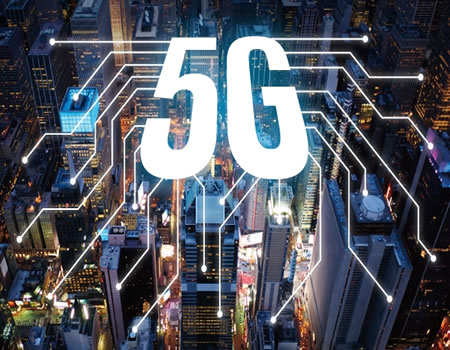An International Technology Communications (ICT) expert, Mr Segun Okuneye, has said that Nigeria requires additional 167,000 kilometres of fibre infrastructure to fulfil its target of fifth generation network (5G) and ubiquitous broadband.
Okuneye, Divisional Chief Executive Officer, ipNX, said to meet the current broadband targets and those of the future with advanced connectivity such as the fifth-generation network, “The nation needs between 120,000 to 167,000 kms of fibre infrastructure, in addition to the existing 55,000 km.”
Okuneye made this submission recently while addressing telecoms stakeholders at a forum dedicated to the National Policy on the Fifth Generation Network for Nigeria’s digital economy which ipNX co-sponsored.
He noted that there is critical link between undersea cables that convey huge connectivity capacity into the country and the end users is the fibre sub-sector, where ipNX Nigeria is a major player.
According to him, “Nigeria needs three times more fibre infrastructure than it currently has to attain about 90 per cent broadband penetration among others by 2025.”
He said backhauling is a major dependent requirement to express the inherent value from the 5th generation network.
This, according to him, is required for accessing traffic aggregation which involves capacity and scalability, as well as transportation in high-speed, low latency, high quality that guarantees reliability.
He said, “Increased speeds with lower attenuation, immunity to electromagnetic interference, small size and virtually unlimited bandwidth potential are among the many reasons fibre is the right choice when compared to other backhauling technologies.”
Okuneye stressed that it is important to lay fibre now to potential small and macro cells, wherever and whenever possible and existing cell sites.
“This is a critical preparatory step if these cell sites are to be upgraded to 5G in the coming years,” he said.
He bemoaned low levels of Fibre Optic Infrastructure, noting that nationally, fibre optic cable infrastructure deployment is insufficient and mostly available in a few cities and urban areas.






